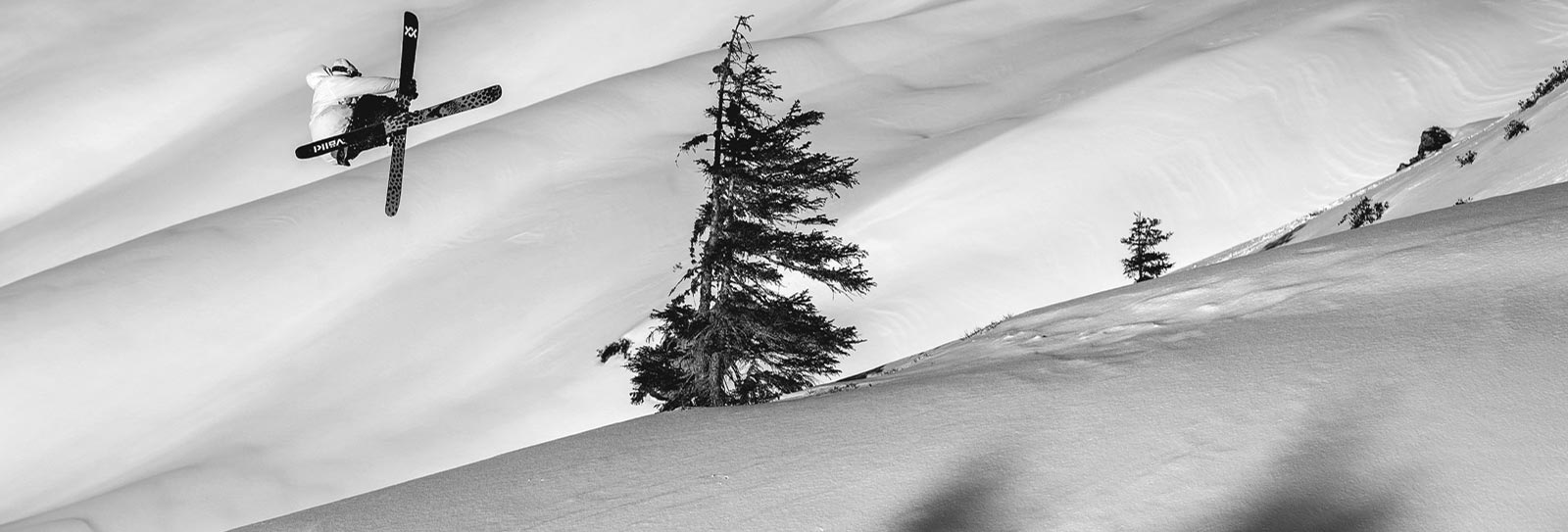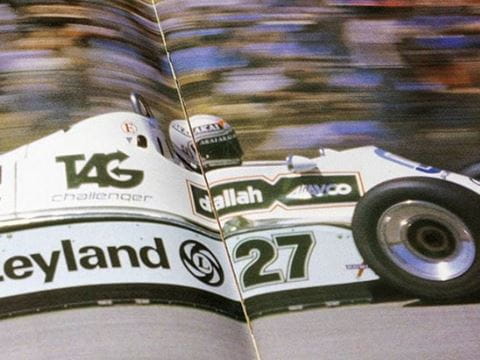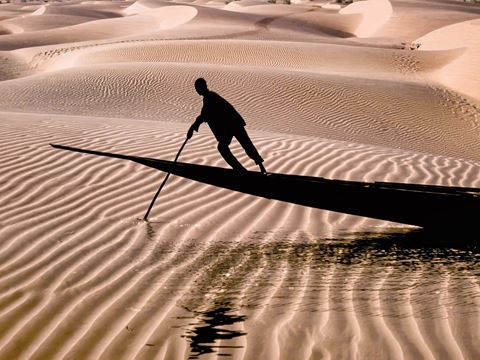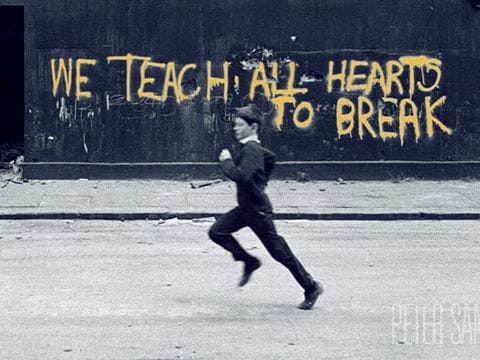
FirstLook: Ahmet Dadali's Rodeo 7 Double Mute Grab
For this shot I did a simple rodeo 7, which is two horizontal spins, and added a little extra spice by throwing in a double mute grab, which is holding one ski with both hands. It was a super high-speed jump, which I needed to make the 25 meters to the landing. I was lucky to land it first hit.
This past spring we were in Austria filming, just before the project was cut short because of the coronavirus. For this shot I did a simple rodeo 7, which is two horizontal spins, and added a little extra spice by throwing in a double mute grab, which is holding one ski with both hands. It was a super high-speed jump, which I needed to make the 25 meters to the landing. I was lucky to land it first hit. On jumps like this it can be easy to miscalculate. Freeskiers have to become amateur physicists to build the jumps, calculating speed and altitude to landing, as well as the height of the cliffs we jump from and how much time we have to spin—anywhere from 180 to 1440 degrees or more.
This past season I helped start Silk Road Freeride, the first competition like it in Kyrgyzstan. About 30 guys and women from Turkey, Bosnia, Kazakhstan and all over joined local Kyrgz to ski their mountains and get to know each other. When you have skiing as a common link, it’s not hard to socialize. It couldn’t have gone better, and I hope I can be part of this event for years to come.
I grew up skiing in New York, with small hills, frostbite-cold winters and absolutely no freeride terrain. But what we did have was a great group of ski friends and motivation to travel out for bigger and better. Couple this with me being the only Muslim professional skier in the whole sport, and you can see where my motivation to spread the love into the Middle East and beyond comes from. Everywhere may not have the fancy ski resorts, but there is extraordinary love for the sport, a great social culture and a great drive for more.
—Ahmet Dadali
@ahmetdadali
You may also be interested in...

Spotlight on Photography: Relive the 1980 Grand Prix Through Michael Turner's Racing Photos
Arts
Amid the roar of racers zooming toward the finish line in London during the 1980 Grand Prix, longtime auto-racing photographer and renowned artist Michael Turner trained his lens on a Saudia-Williams FW 07.
FirstLook: Poetic Fusion
Arts
Prior to our modern practice of image manipulation with editing software, photographers worked more with planned intention and craft.
Peter Sander's Spiritual Photography
Arts
For more than 40 years, British photographer Peter Sanders has documented communities across the Islamic world. Sanders discusses his legacy with us, including his inspiration and influences over the course of his career.